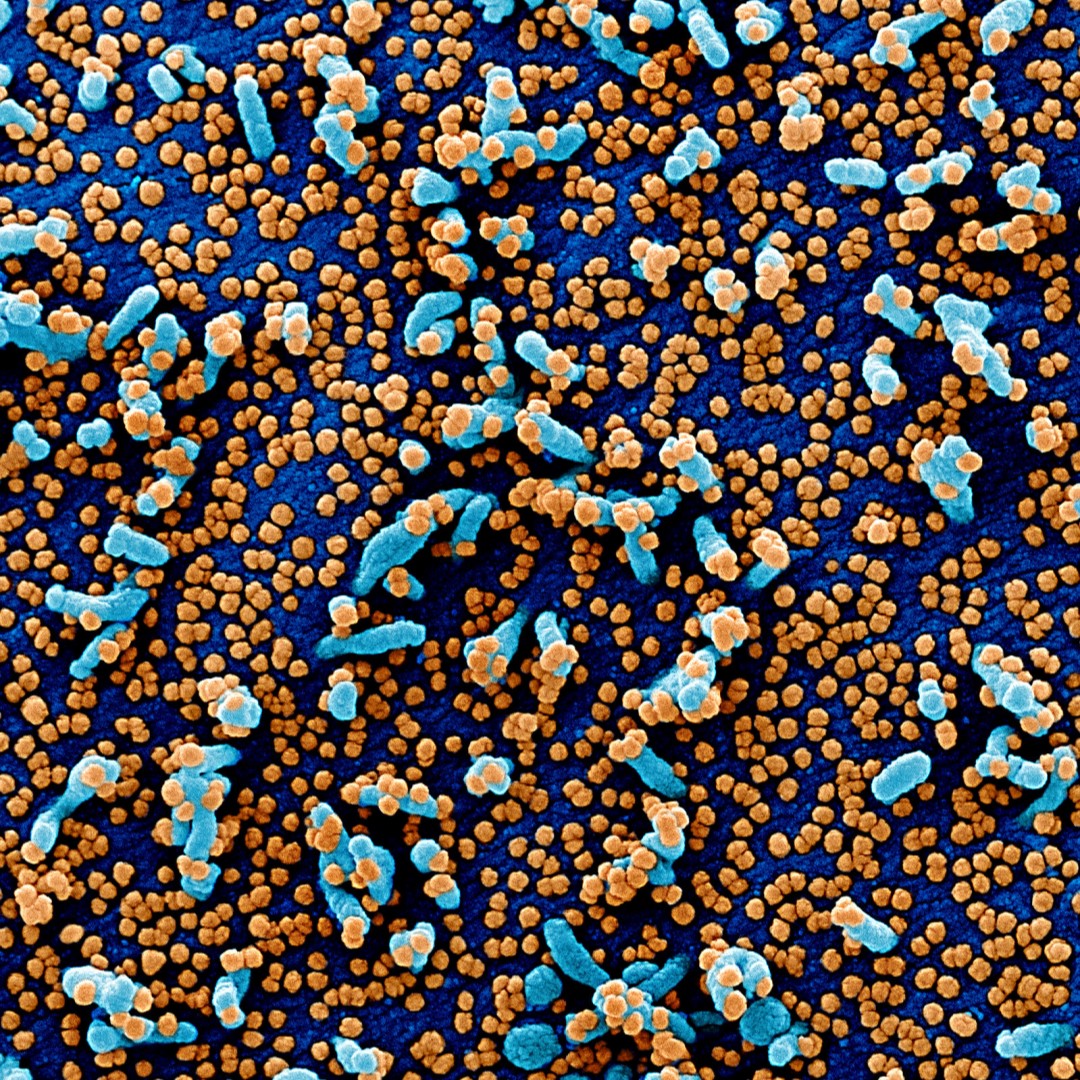
NIH-Moderna investigational COVID-19 vaccine showed promise in mouse studies
On Aug. 5, 2020, the National Institute of Allergy and Infectious Diseases (NIAID) announced that the investigational vaccine known as mRNA-1273 protected mice from infection with SARS-CoV-2, the virus that causes COVID-19, according to research published in Nature.
Scientists at the NIAID and Moderna, along with collaborators from the University of North Carolina at Chapel Hill, Vanderbilt University Medical Center in Nashville, and the University of Texas at Austin conducted the preclinical research.
The findings showed that the investigational vaccine induced neutralizing antibodies in mice when given as two intramuscular injections of a 1-microgram (mcg) dose three weeks apart. Additional experiments found that mice given two injections of the 1-mcg dose and later challenged with SARS-CoV-2 virus either 5 or 13 weeks after the second injection were protected from viral replication in the lungs and nose. Importantly, mice challenged 7 weeks after only a single dose of 1 mcg or 10 mcg of mRNA-1273 were also protected against viral replication in the lung.
The investigational vaccine also induced robust CD8 T-cell responses in mice. It did not induce the type of cellular immune response that has been linked to vaccine-associated enhanced respiratory disease (VAERD).
This rare, allergic-type inflammation was seen in individuals vaccinated with a whole-inactivated respiratory syncytial virus (RSV) vaccine in the 1960s. VAERD can occur when a vaccine induces an immune response that is not strong enough to protect against infection. The investigators vaccinated mice with sub-protective doses of mRNA-1273 and then challenged the mice with SARS-
Tags:
Source: National Institutes of Health
Credit: Photo: Transmission electron micrograph of SARS-CoV-2 virus particles (orange), isolated from a patient sample, Fort Detrick, Maryland. Courtesy: National Institute of Allergy and Infectious Diseases.
